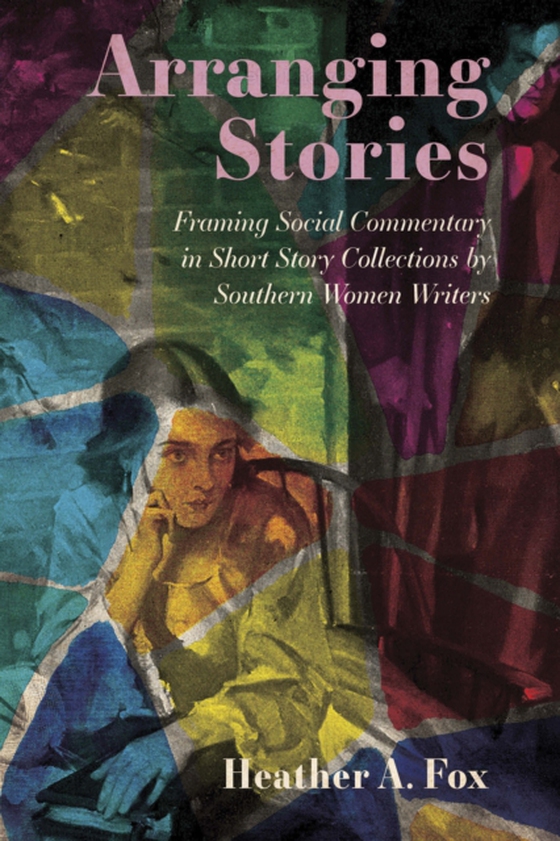
Arranging Stories e-bog
245,29 DKK
(ekskl. moms 196,23 DKK)
Between the 1880s and the 1940s, opportunities for southern white women writers increased dramatically, bolstered by readers' demands for southern stories in northern periodicals. Confined by magazine requirements and social expectations, writers often relied on regional settings and tropes to attract publishers and readers before publishing work in a collection. Selecting and ordering magazine...
E-bog
245,29 DKK
Udgivet
27 juli 2022
Længde
206 sider
Genrer
Literary studies: general
Sprog
English
Format
epub
Beskyttelse
LCP
ISBN
9781496840493
Between the 1880s and the 1940s, opportunities for southern white women writers increased dramatically, bolstered by readers' demands for southern stories in northern periodicals. Confined by magazine requirements and social expectations, writers often relied on regional settings and tropes to attract publishers and readers before publishing work in a collection. Selecting and ordering magazine stories for these collections was not arbitrary or dictated by editors, despite a male-dominated publishing industry. Instead, it allowed writers to privilege stories, or to contextualize a story by its proximity to other tales, as a form of social commentary. For Kate Chopin, Ellen Glasgow, Marjorie Kinnan Rawlings, and Katherine Anne Porter-the authors featured in this book-publishing a volume of stories enabled them to construct a narrative framework of their own. Arranging Stories: Framing Social Commentary in Short Story Collections by Southern Women Writers is as much about how stories are constructed as how they are told. The book examines correspondence, manuscripts, periodicals, and first editions of collections. Each collection's textual history serves as a case study for changes in the periodical marketplace and demonstrates how writers negotiated this marketplace to publish stories and garner readership. The book also includes four tables, featuring collected stories' arrangements and publication histories, and twenty-five illustrations, featuring periodical publications, unpublished letters, and manuscript fragments obtained from nine on-site and digital archives. Short story collections guide readers through a spatial experience, in which both individual stories and the ordering of those stories become a framework for interpreting meaning. Arranging Stories invites readings that complicate how we engage collected works.
 Dansk
Dansk

